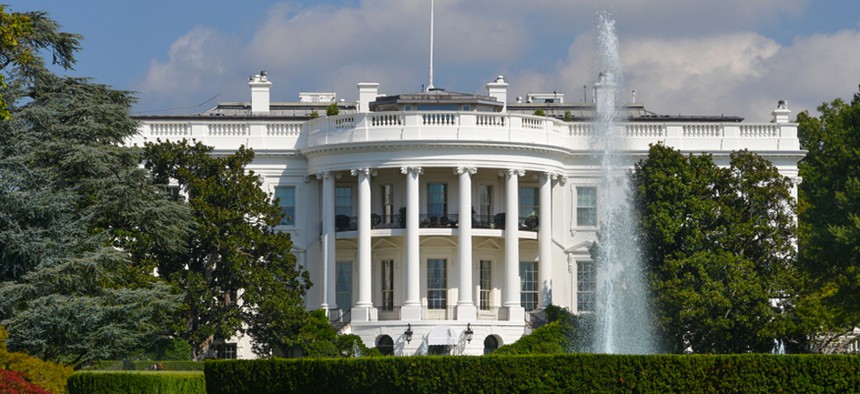
Orhan Cam/Shutterstock.com
White House Floats New Climate Guidelines for Energy, Infrastructure Development
The administration is releasing new plans instructing federal agencies to assess greenhouse-gas emissions as part of a broader effort to address climate change.
The White House unveiled draft plans Thursday to ensure that federal agencies evaluate how certain energy, mining, construction, and other projects and policies will affect climate change before they move forward.
The White House Council on Environmental Quality plan is meant to guide federal agencies as they review projects under the National Environmental Policy Act, a 44-year-old law that demands analyses of the environmental footprint of various decisions and projects that require federal approval. NEPA reviews are applied to projects and actions such as federal offshore drilling lease sales, highways, construction projects, pipelines, and others.
"Federal agencies, to remain consistent with NEPA, should consider the extent to which a proposed action and its reasonable alternatives contribute to climate change through [greenhouse-gas] emissions and take into account the ways in which a changing climate over the life of the proposed project may alter the overall environmental implications of such actions," the draft plan states.
While climate change has already been considered in some federal reviews, the new plan spells out how and when greenhouse gases should be considered.The guidance encourages the most detailed climate reviews for projects that could increase greenhouse-gas emissions by 25,000 metric tons annually.
The administration released—but never finalized—a similar draft proposal in 2010. This version expands that 2010 proposal by applying it to land and resource management decisions, such prescribed burns in forests and grazing leases.
The guidance is part of a wider White House effort to bring a climate focus to federal agencies' decision-making. The White House said that under the guidance, "agencies will be better able to compare alternatives, and consider measures to reduce the impacts of climate change on federal resources and investments."
The administration sought to emphasize that it's not creating new regulatory barriers for projects. "NEPA ensures information on the potential environmental impacts of agency decisions and projects is transparently available to the public; however it does not dictate decisions or project choices," a summary states.
However, the new plan is likely to draw pushback from the business and industry groups—including mining, road-building and forestry interests—that bashed the 2010 proposal.
For instance, U.S. Chamber of Commerce comments on the 2010 draft alleged that "applying NEPA to greenhouse gases in the manner discussed in CEQ's draft guidance could open the floodgates to lawsuits by environmental groups and other Not In My Back Yard (NIMBY) activists to delay or stop projects."
But environmentalists cheered the draft plan. "Knowing what the climate impact from mining, drilling, and logging federal lands will be should help guide decision makers toward uses of public lands that help fight, not contribute to, climate change," said Bob Ekey, senior director The Wilderness Society's energy campaign.
(Image via Artco/Shutterstock.com)







